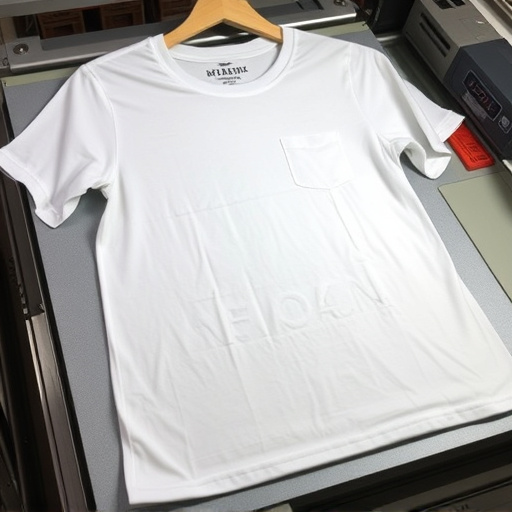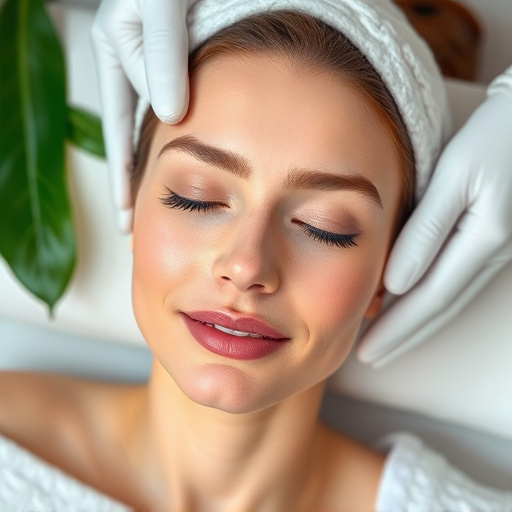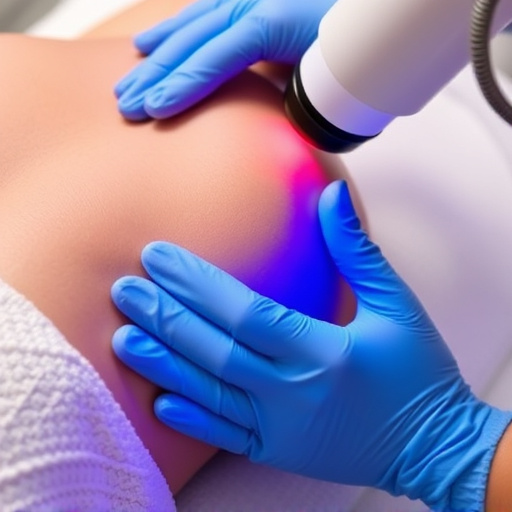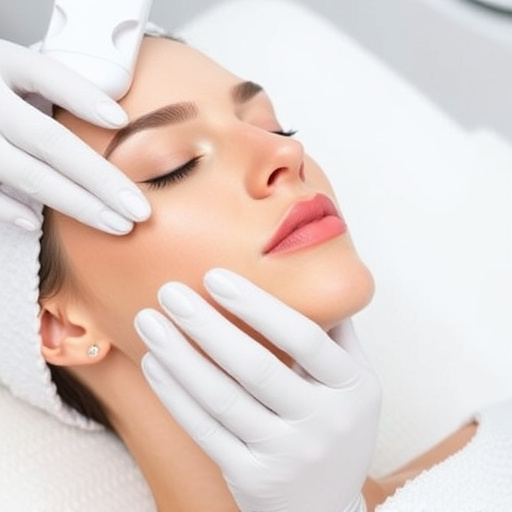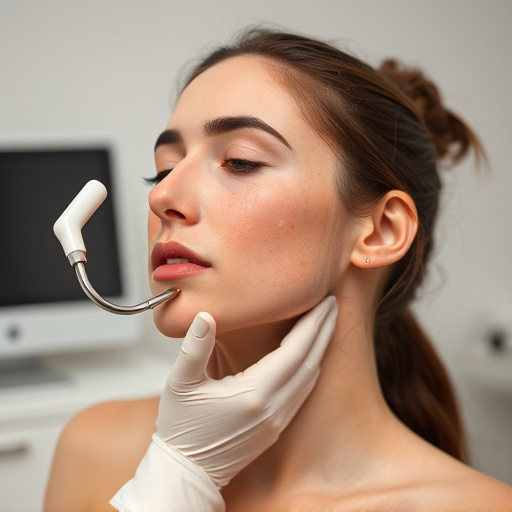Peptides and acids like AHAs and BHAs are powerful wrinkle reduction treatments. They stimulate collagen production, exfoliate dead cells, and improve skin texture. Personalized routines, including microneedling, can effectively minimize wrinkles and pores. Consulting dermatologists ensures safety and promotes promising results for youthful complexion.
Are peptides and acids the secret weapons in your skincare arsenal for fighting wrinkles? This comprehensive guide delves into the science behind these powerful ingredients and their effectiveness as a wrinkle reduction treatment. We explore the mechanisms that make peptides and acids potent tools in smoothing fine lines and enhancing skin elasticity. Get ready to uncover popular methods, safety considerations, and evidence-based insights into achieving youthful-looking skin.
- Understanding Peptides and Acids for Skin Care
- The Science Behind Wrinkle Reduction Treatments
- Exploring Safety, Efficacy, and Popular Methods
Understanding Peptides and Acids for Skin Care
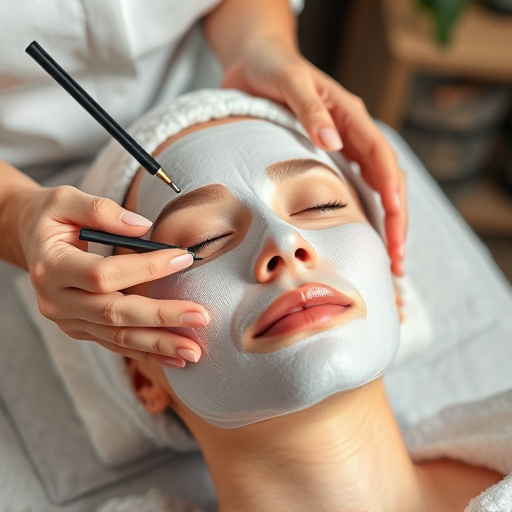
In the realm of skincare, peptides and acids have emerged as powerful allies in the quest for a youthful complexion. These innovative ingredients are increasingly sought after for their potential in addressing age-related concerns, particularly wrinkles. Peptides, small chains of amino acids, are known to stimulate collagen production, which is essential for skin firmness and elasticity. When incorporated into skincare routines, peptides can help fill in fine lines and reduce the appearance of wrinkles, offering a more smoothed and refined skin surface.
Acids, on the other hand, play a crucial role in exfoliation and skin rejuvenation. Alpha Hydroxy Acids (AHAs) and Beta Hydroxy Acids (BHAs), commonly found in professional skincare treatments, gently resurface the skin by removing dead skin cells. This process promotes cell turnover, revealing smoother, brighter skin beneath. Personalized skincare routines that include peptides and acids can provide significant results for those seeking effective wrinkle reduction treatments, ultimately contributing to a more radiant and rejuvenated appearance.
The Science Behind Wrinkle Reduction Treatments
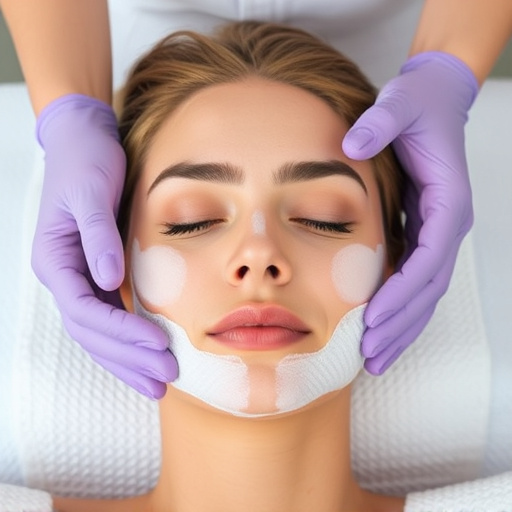
The science behind wrinkle reduction treatments involves a complex interplay of active ingredients targeting specific skin concerns. Peptides and acids are among the most popular choices in the skincare industry, offering promising results for achieving a youthful complexion. These compounds work by penetrating the skin’s layers to stimulate collagen production and enhance elastin fibers, which are fundamental structures supporting skin elasticity and firmness.
Skin rejuvenation goes beyond addressing wrinkles. Personalized skincare routines consider unique individual needs, incorporating active ingredients like peptides and acids not only for wrinkle reduction but also for improving skin texture, minimizing pores, and even treating specific conditions such as acne. Each ingredient has its mechanism of action, whether it’s boosting natural skin repair processes or exfoliating to reveal healthier skin layers. This tailored approach ensures that treatments are effective and suitable for diverse skin types.
Exploring Safety, Efficacy, and Popular Methods

When it comes to exploring effective wrinkle reduction treatments, peptides and acids have gained significant attention for their potential benefits. However, before diving into specific methods, it’s crucial to understand safety and efficacy concerns. Peptides are chains of amino acids that can stimulate collagen production and enhance skin elasticity, making them a popular choice in anti-aging skincare. Acids, such as glycolic acid or hyaluronic acid, help exfoliate the skin, improve texture, and hydrate, thereby reducing the appearance of fine lines and wrinkles.
Among various popular methods, microneedling therapy stands out for its ability to stimulate collagen production on a cellular level. Personalized skincare routines that incorporate these ingredients based on individual skin types and concerns have also shown promising results. It’s essential to consult with dermatologists or skincare experts to ensure the safety and effectiveness of such treatments, as improper use can lead to irritation or other adverse effects. With the right approach, peptides and acids can be powerful tools in the quest for youthful-looking skin and effective wrinkle reduction.
Peptides and acids have emerged as promising tools in the quest for effective wrinkle reduction treatments. The scientific understanding of their mechanisms has led to a surge in popularity for these skin care solutions. While safety and efficacy vary among methods, ongoing research continues to uncover the full potential of these ingredients. Incorporating peptides and acids into skincare routines could be a game-changer for those seeking youthful-looking skin.



